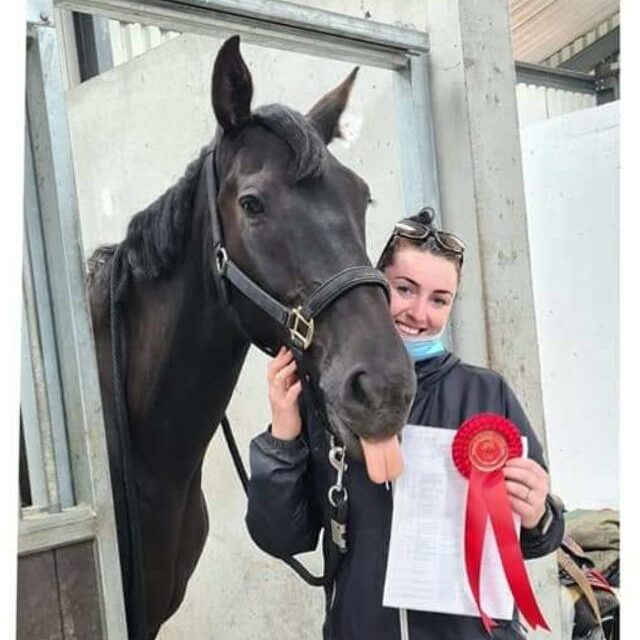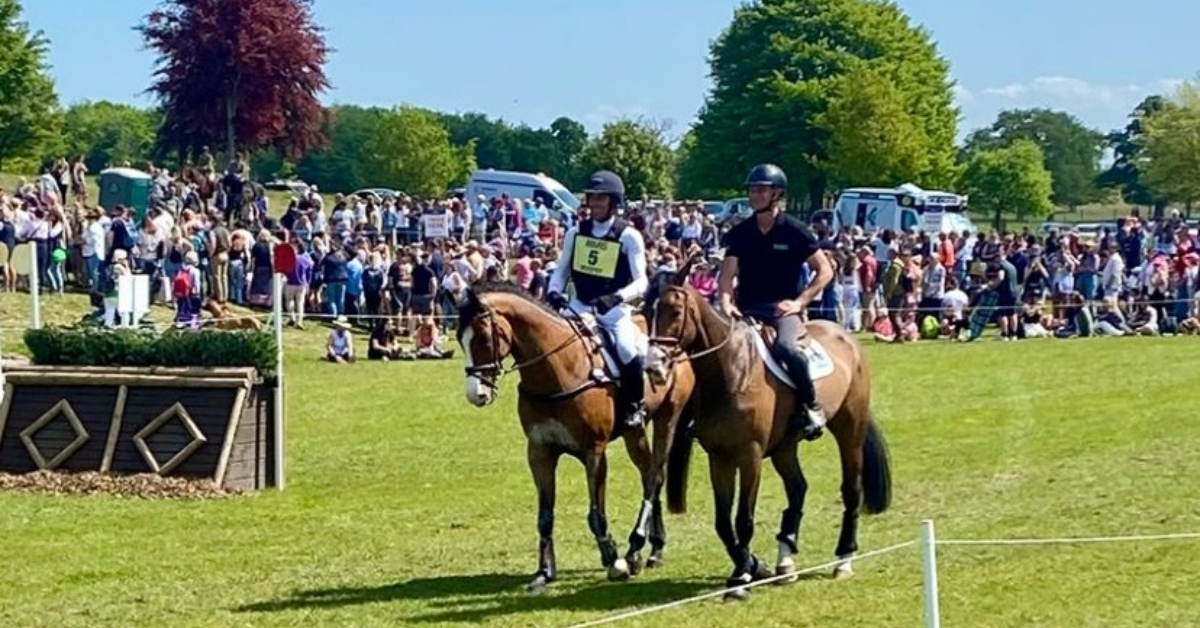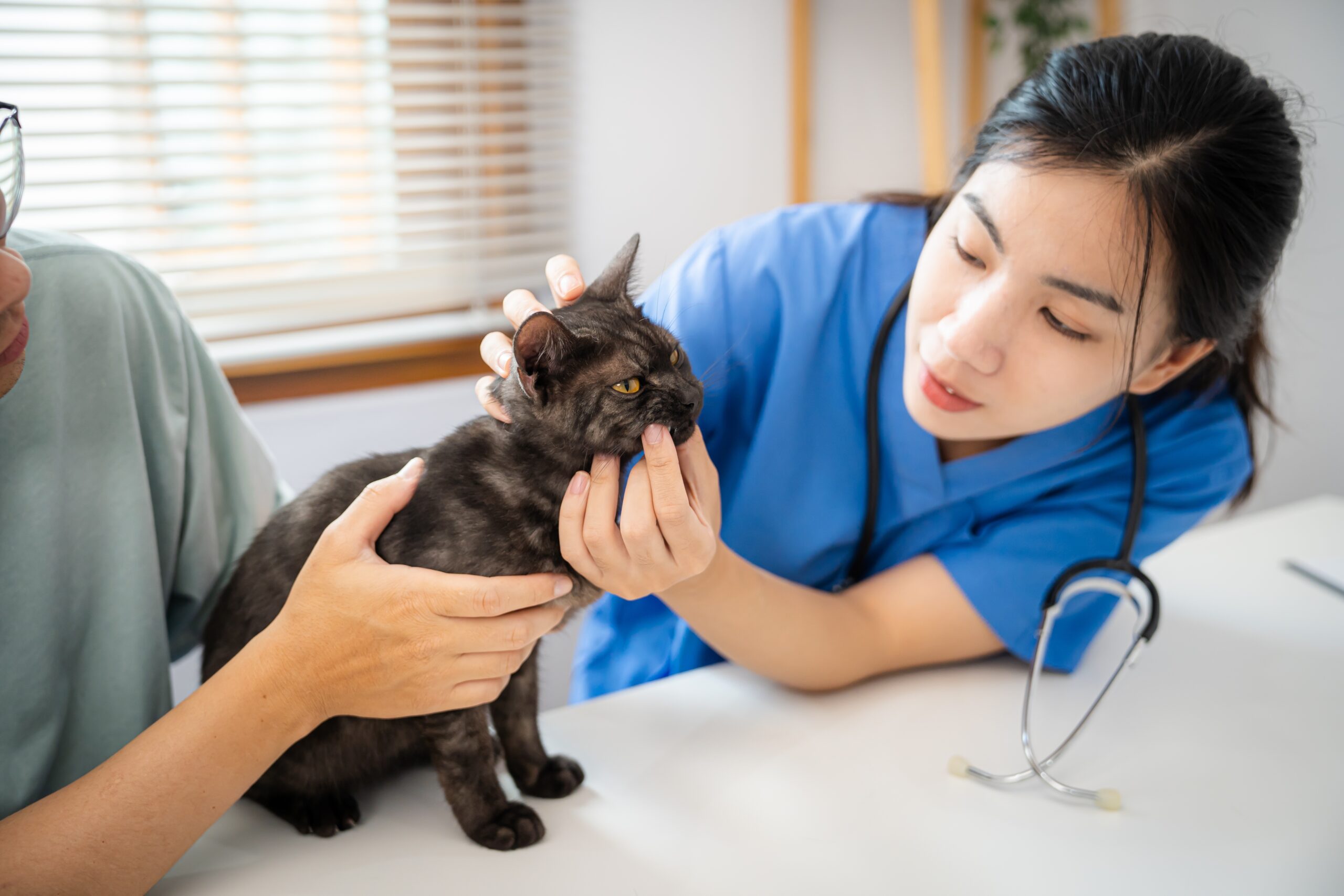Welcome to my first article for The Grassroots’ Gazette. I have chosen Equine Therapy & Rehabilitation for my first-choice article, as this is something I am trained and experienced in. Not sure if that’s a good thing, or maybe because I am currently 6 months into rehabilitating one of my own horses, again. (deep breath – I love horses… I love horses…) I hope you enjoy reading.
Difference between Therapy & Rehabilitation:
At some stage of horse ownership, or management, it is likely that we will come across injuries and diseases that need therapy and rehabilitation. Therapy refers to the treatment of an injury or dysfunction, whereas rehabilitation refers to a specific training programme involving exercise modalities that are aimed at restoring normal function. It is important to note that only a qualified veterinarian can treat a horse. However, there can be many other team players in the process, such as physiotherapists, chiropractors, and osteopaths. Interestingly, online you can become a ‘therapist’ by online distance learning and by passing very few multiple-choice online examinations – important for owners to do their own research on ‘qualifications’ and not allowing anyone to ‘examine and treat’ your horse. God knows our precious horses already love to cost us money as it is!
Understanding the Veterinary & Therapy Diagnostic Process:
A veterinary and medical approach to a diagnosis, is to identify a specific tissue pathology for musculoskeletal conditions that is presumed to be the source of the horse’s dysfunction or pain. A physiotherapy approach is to reach a more functional diagnosis. I can openly say that my own physio has been a key part of my horse’s rehab process and general wellbeing! For my own horses, I have each of them treated by my physiotherapist when they need it, some need routine sessions every number of weeks or months, and some more often than not. This comes down to the individual horse, which is a key factor.
Diagnostic Tools:
In more recent years, we are so lucky to have a more technical approach to diagnostics. We have of course visual assessment, nerve blocks, X-rays, scintigraphy, and MRI scans which are invaluable to the horse and owner. With these diagnostic tools, a more tailored rehabilitation programme can be issued to the individual horse. The likes of X-rays, ultrasounds and MRI scans can tell you a great deal about the severity of the issue, whether it’s your primary issue, your secondary issue, and what determines the priorities and timescale for treatment. Other diagnostic services in specialist centres may include gastroscopy, bone scans, shock wave therapy, dynamic endoscopy, cardiac ultrasound, and ECG monitoring. It’s amazing to have these services available to owners when needed!
The Team Players:
There are lots of individuals involved in treating a horse, they may have a different approach on a case, but equally, should all be chasing the same goal. The team may consist of a veterinarian, osteopath, farrier, physiotherapist, and of course rider, owner, and trainer. Each team player should all have the same goal in mind – to successfully return the horse to its own team with a rehab plan going forward. The great thing about familiarity with your team players, is that you can question each one, honestly and openly – but it is important not to stay in your comfort zone either, or you’ll never learn different methods & approaches. So do feel free to work with other vets and physios when needed. A ‘one size fit’s all’ approach is never appropriate. After all, treat each horse as an individual!I hope this article gives readers a better insight into what equine therapy and rehabilitation is, and how to approach them. My next edition will be following on to Equine Hydrotherapy & Ground Schooling, which will be a more in depth look into the amazing benefits it has on horses, and some plans horse owners can use themselves. Very exciting as it’s something I do with my own horses on a regular basis. Stay tuned 😊


Share
Your subscription is 100% Free for our first year, No credit card details required.

The Judging Concerns That Keep Coming Back — And Why They Can’t Be Ignored Anymore We didn’t make it to

There are few sporting events that live up to the hype. Wimbledon? Too many strawberries. Cheltenham? Too many suits. But

British Veterinary Association publishes full response to Competition and Markets Authority’s proposed remedies for veterinary market for household pets. The